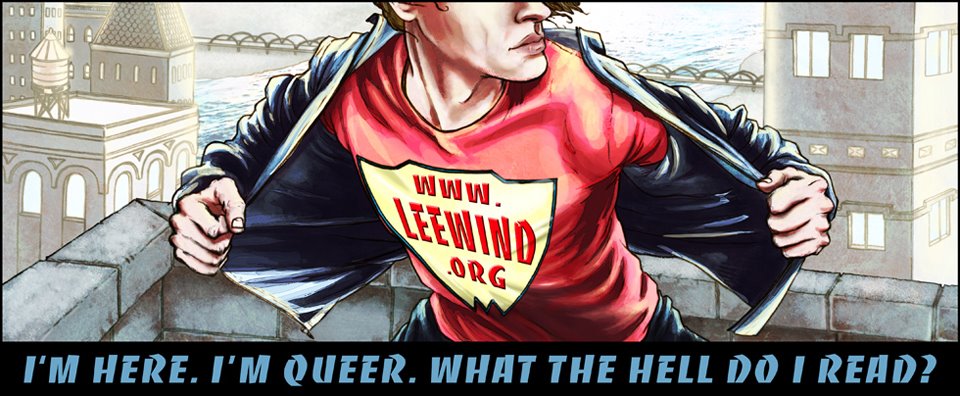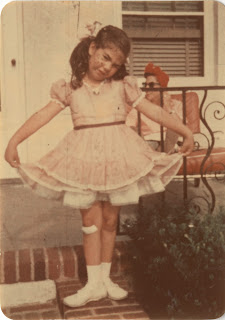Picture Book author Miranda Paul has blogged about the importance of Writing “Multicultural” literature and how “it’s extremely important for authors who are not of color to remain encouraging and supportive of the organizations who are consciously making an effort to address the call for diversity in children’s books” – both in terms of stories and the creators of those stories.
She’s walked the walk, involved in the 1 Million Books For Gambia project, in her role as Executive Vice President of Outreach for the newly formed nonprofit We Need Diverse Books, and in her own writing, whether it’s as co-author of digital app short stories like “Kumba Am and Kumba Amul: A Gambian Folk Tale” (co-adapted with Gambian folk-tale historian Cornelius Gomez) or her picture book “One Plastic Bag: Isatou Ceesay and the Recycling Women of the Gambia” (Illustrated by Elizabeth Zunon.)
 |
| Miranda Paul, Picture Book Author and #LA15SCBWI Faculty Member |
Miranda will be on faculty at the 2015 SCBWI Summer Conference, coming up on July 31-Aug 3, 2015 in Los Angeles. Here’s our interview:
Lee: You have two picture books out and four more that are forthcoming from publishers. What is it about picture books that you love?
Miranda: I love that picture books can be read on many levels. A picture book is an experience. Reading a picture book is seldom an individual endeavor—they are meant to be read visually, read out loud, and read in the company of friends or loved ones. I also consider picture books the gateway to a lifelong love of literature. It’s exciting to think that one of my books might inspire a child to love reading for the rest of her life.
Lee: You’ve got a ninja toddler bedtime book (the upcoming "10 Little Ninjas"), a science-inspired lifecycle of water book (The newly released "Water Is Water"),
a creative nonfiction biography (One Plastic Bag) – do you have an over-arching vision in your mind of how each story fits into the 30 years down the road bookshelf of Miranda Paul picture books, or does each story come in its own way?
Miranda: I strive to inspire, entertain, and broaden horizons. My overarching vision is that each story I write is more than a book. One Plastic Bag is a chronicle of an environmental movement and an action-sparker; Water is Water is a poem and celebration of water that serves as both a bedtime book and a solid classroom text; Whose Hands Are These? (forthcoming in January 2016) is a book and a game in one; and 10 Little Ninjas is both song and book. They’re all illustrated, mostly for the very young, and I strive to use language in fun and rich ways that will appeal to and engage kids—so there’s definitely common ground—but I don’t feel trapped into a single type of writing or topic.
Lee: What was it that initially drew you to Gambia, and kept you returning?
Miranda: I had a professor ask me if I wanted to start a program in the Gambia, and I accepted the challenge. I kept returning because after I got that program off the ground, there were other projects I wanted to be involved with. (But maybe those projects were just excuses so that I could go back and spend time with the wonderful friends I’d made year after year).
Lee: One Plastic Bag is the story of a women-led recycling initiative and the change for good it created, and it also reads as a sort of love letter to the country and people of the Gambia. Can you share with us the process of writing (and re-writing) you went through with the manuscript?
Miranda: At school visits, I share with students how the timeline of this book spans a 12-year period of my life. I received one of Isatou’s recycled purses in 2003 (while in the Gambia), but it took me nearly four years after that to get the chance to meet her. In 2007 and 2008 I did a lot of primary research, interviews, and took photographs in the village of Njau, Gambia. In 2010 I decided to write the story as a children’s picture book. Isatou came to the United States twice and I visited Gambia one additional time during the writing of the book, which took place from 2010-2012. I think I rewrote the manuscript about 30 times in all. I’ll never forget the night Isatou translated the final draft into Wolof and read it to the women of Njau. I’m so honored for their support in being the author to tell this story.
Lee: Your school visits sound like a major part of your career focus - what’s the best part of doing those?
Miranda: Ice cream, hugs, and the things they say. Kids are smart and inspiring and hopeful and creative. Seeing them excited about reading and writing is wonderful. I tend to get them all riled up with dancing and drumming and then send them back to their teachers—mwahahahaha! Other than working in pajamas, meeting kids is the best part of the job. (Fingers crossed for an author visit on pajama day!)
Lee: How long have you been part of SCBWI, and how do you feel it’s helped you on your career journey?
Miranda: I’m kind of an SCBWI poster child. Since I joined six years ago (credit goes to Harold Underdown’s Idiot’s Guide to Publishing Children’s Books), SCBWI has had a hand in almost every step along my career. I found my critique group at a local SCBWI meeting. I received a year-long picture book mentorship with Lisa Moser through SCBWI. One Plastic Bag received its first editor attention through an SCBWI event submission, and I met my agent and second editor at my first SCBWI annual conference in Los Angeles. People of the world: Take advantage of what the SCBWI has to offer, people!
Lee: Your Friday morning breakout workshop is on “Creative Nonfiction Picture Books” – can you give us a sense of what you have in store for attendees?
Miranda: I’ve been thinking a lot lately about the intersectionality (is that a word?) of educational and trade markets, and how nonfiction for young ones can be presented in fresh and engaging ways. I’m going to introduce attendees to some of what I consider the best creative nonfiction picture book titles out there, as well as encourage them to examine their own ideas and manuscripts in terms of originality and versatility.
Lee: On Saturday afternoon you’ll be moderating the main room’s panel on “Diversity in Children’s Books: Challenges and Solutions” in front of over 1,000 writers and illustrators of works for children and teens. The panelists are: illustrator and President of the Society of Illustrators of Los Angeles, Joe Cepeda; author Brandy Colbert; author Varian Johnson; practicing surgeon and novelist I.W. Gregorio; and debut novelist Nicola Yoon. What are you hoping comes out of that discussion?
Miranda: I’m planning to focus on the theme of “representing responsibly.” Jacqueline Woodson recently commented at one of our WNDB BookCon panels (and I’m paraphrasing here, sorry) that she’d rather see no representation rather than inaccurate or stereotyped representation in literature. I think that’s a discussion we need to have—not necessarily who is allowed to write about whom, but how we accomplish the tasks of writing, illustrating, and editing authentic, human characters. We must make it a priority to explore and acknowledge our own biases, ignorance, and lenses. I’m also hoping to facilitate a discussion that includes a broad range of diversity, renews a sense of unity, and inspires continued action within all levels of publishing—because that’s what We Need Diverse Books is all about.
Lee: On Sunday you’ll be co-facilitating an afternoon breakout session with I.W. Gregorio and Nicola Yoon, “Research Tools: Writing Outside Your Diversity.” Can you give us an example of a one great tool we might not have considered?
Miranda: Writing can be a deeply personal act, so sometimes we need the tweaking—not just our manuscripts. I recommend that we honestly examine our own circles (or bubbles), habits and routines, and comfort zones. Reading and researching are important parts of the writing process, but who you are (or aren’t) will come through your writing. Living more diversely can incorporate travel, new foods, languages, events, activities, and friendships. Through these experiences we can discover some of what we “didn’t know we didn’t know” and ultimately be reminded to listen.
Lee: What’s your favorite writing advice that you’d like to share?
Miranda: Read. Shut off the Internet.
Thanks so much, Miranda!
To find out more about Miranda, visit her website.
And to learn more about We Need Diverse Books, check them out here.
To attend one of Miranda's breakout sessions and/or be there for the 2015 SCBWI Summer Conference main room Diversity panel, you'll have to join us in Los Angeles! Details and registration information here.
Illustrate and Write On,
Lee
960.jpg)






































